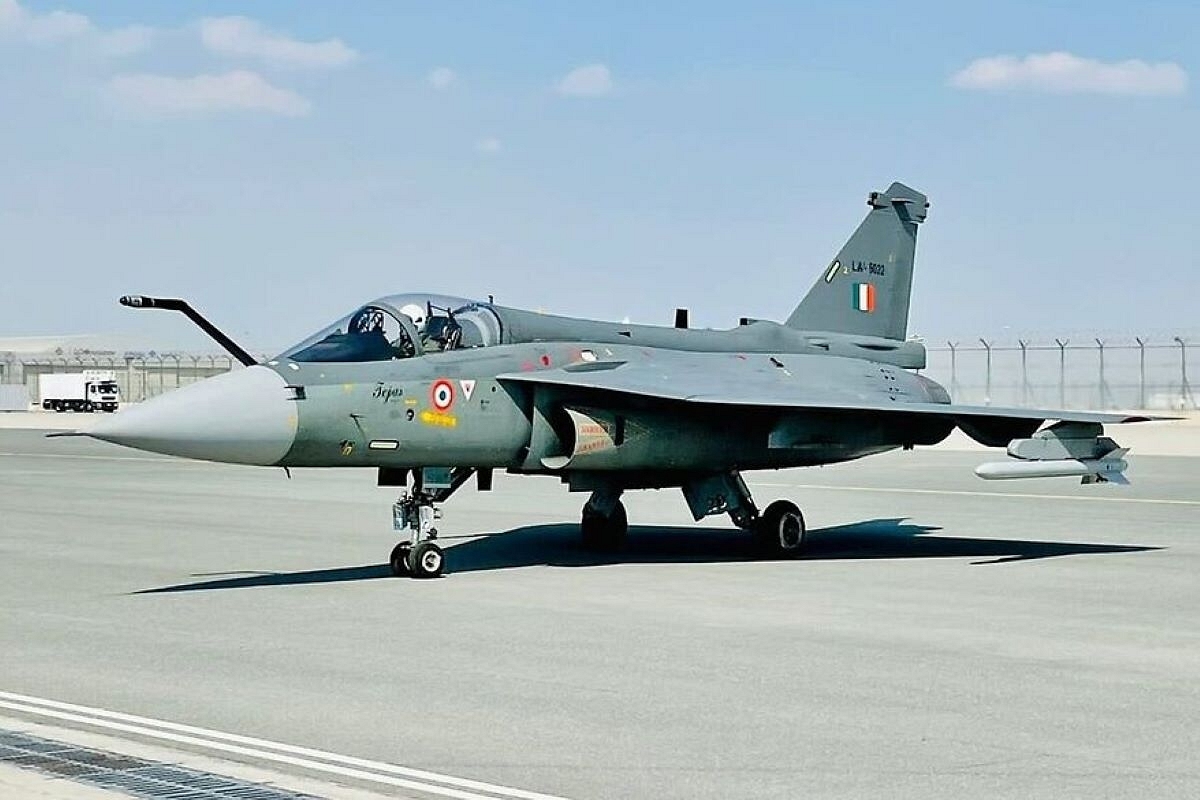Defence
HAL To Spend Rs 2,000 Crore On Research And Development, Says Top Official, Critics Question Funding Sufficiency

The HAL Tejas light multirole fighter. (Representative Image).
Hindustan Aeronautics Limited (HAL), India's premier state-run aerospace company, announced plans to allocate Rs 2,000 crore ($240 million) to Research and Development (R&D) this year, according to a statement by a top official on Wednesday (6 December).
D K Sunil, HAL's Director of Engineering and R&D, during a briefing ahead of the upcoming Avionics Expo 2023, stated, "We are investing over Rs 2,000 crore this year in R&D."
The Expo, scheduled to be held at Dr. Ambedkar International Centre in New Delhi from December 7 to 8, will showcase HAL's advancements in cutting-edge avionics systems, with panel discussions, live demonstrations, and networking opportunities.
Emphasising HAL's commitment to 'Atmanirbharta' or self-reliance in defence, Sunil remarked, "We have been championing self-reliance over time and want to highlight our advancements at the expo."
He also highlighted HAL's extensive R&D setup, comprising nine centres, and its focus on developing critical avionics components.
The 'Avionics Expo 2023' is set to be a convergence point for industry professionals and stakeholders, aimed at fostering collaborations and demonstrating HAL's role in advancing aerospace technology in India.
However, the announcement of a ₹2,000 crore investment in R&D has sparked concerns in some circles, particularly given the Indian government's recent approval of orders worth over ₹1.6 lakh crore to HAL.
This includes manufacturing 97 LCA Tejas jets, 156 LCH Prachand helicopters, and upgrading 84 Sukhoi Su-30 MKI jets.
Experts have raised questions about whether this sum is sufficient, considering the capital-intensive nature of defence R&D projects.
Support Swarajya's 50 Ground Reports Project & Sponsor A Story
Every general election Swarajya does a 50 ground reports project.
Aimed only at serious readers and those who appreciate the nuances of political undercurrents, the project provides a sense of India's electoral landscape. As you know, these reports are produced after considerable investment of travel, time and effort on the ground.
This time too we've kicked off the project in style and have covered over 30 constituencies already. If you're someone who appreciates such work and have enjoyed our coverage please consider sponsoring a ground report for just Rs 2999 to Rs 19,999 - it goes a long way in helping us produce more quality reportage.
You can also back this project by becoming a subscriber for as little as Rs 999 - so do click on this links and choose a plan that suits you and back us.
Click below to contribute.
Latest